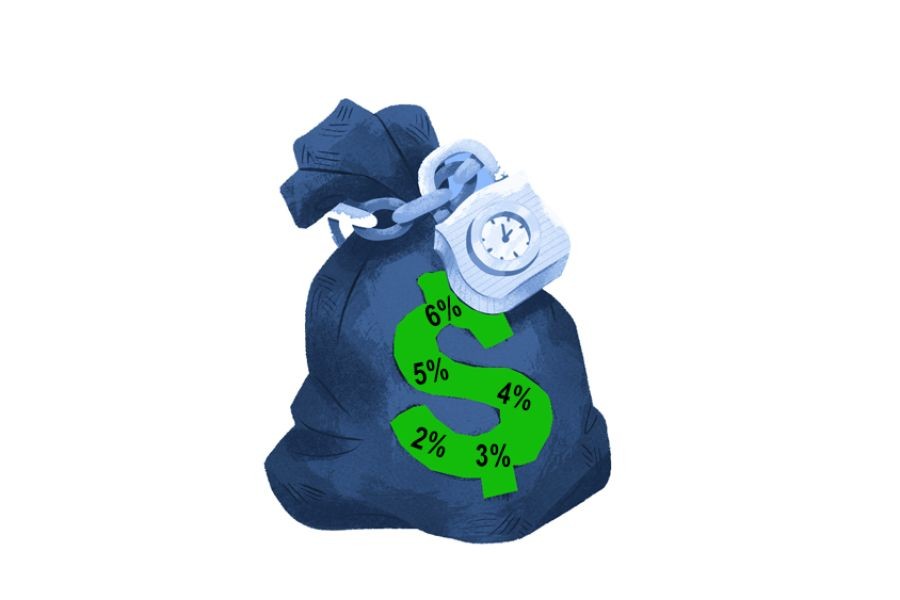New Zealand is often perceived as a haven of natural beauty, but beneath this serene facade lies a pressing issue that affects every Kiwi: the safety of our roads. One might assume that a nation known for its progressive policies and high living standards would naturally extend this ethos to its transportation infrastructure. However, the reality paints a more complex picture, raising questions about whether New Zealand's roads are genuinely safe or if we're overlooking critical concerns.
Understanding the Importance of Road Safety in New Zealand
Road safety is a crucial aspect of any nation's infrastructure, impacting everything from economic productivity to public health. In New Zealand, the Ministry of Transport reports that road crashes cost the country an estimated NZD 4.8 billion each year. These figures don't just represent financial losses—they reflect the human toll, encompassing injuries and fatalities that affect families and communities.
The State of New Zealand's Roads: A Data-Driven Perspective
Data from Stats NZ indicates that New Zealand's road transport infrastructure has seen significant investment, with over NZD 5 billion allocated towards improvements in the past decade. Despite this, the road fatality rate remains a concern, with 318 deaths reported in 2022. This figure places New Zealand's road death rate higher than many other OECD countries, challenging the narrative of our roads being inherently safe.
Comparative Analysis: New Zealand vs. Global Standards
Globally, countries like Sweden have set benchmarks in road safety with the Vision Zero policy, aiming for zero fatalities. Sweden's success is attributed to comprehensive traffic safety measures, including stringent speed limits, robust enforcement, and innovative road design. In contrast, New Zealand has adopted elements of this approach but faces unique challenges such as varied terrain and dispersed populations.
Case Study: The Success of Vision Zero in Sweden
Problem: Sweden, in the 1990s, faced high road fatality rates similar to those New Zealand experiences today.
- The primary issue was the lack of a cohesive approach to road safety.
- Statistics showed a necessity for a paradigm shift in road safety strategies.
Action: Sweden implemented the Vision Zero initiative.
- It focused on reducing speed limits, improving road infrastructure, and enhancing vehicle safety standards.
- Public campaigns were launched to promote safe driving habits.
Result: Sweden saw a dramatic reduction in road fatalities.
- The road death rate decreased by over 50% in two decades.
- Sweden now boasts one of the lowest road fatality rates in the world.
Takeaway: New Zealand can learn from Sweden's example by adopting a holistic approach to road safety, integrating policy, infrastructure, and public engagement strategies.
Pros and Cons of New Zealand’s Current Road Safety Measures
✅ Pros:
- Increased Investments: Significant funding for road safety improvements.
- Advanced Technology: Use of speed cameras and updated traffic signals.
- Public Awareness Campaigns: Initiatives like "Drive Safe" aim to educate drivers.
❌ Cons:
- Inconsistent Enforcement: Varying levels of law enforcement across regions.
- Infrastructure Challenges: Complex terrains and rural areas complicate road safety efforts.
- Funding Allocation: Debate over whether funds are optimally allocated to the most critical areas.
Common Myths and Mistakes in Road Safety Perception
Despite efforts, several misconceptions persist about road safety in New Zealand:
Myth: "Rural roads are safer due to less traffic."
Reality: Stats NZ data shows rural roads account for 60% of fatalities, often due to higher speeds and fewer safety features.
Myth: "Driver education is enough to ensure safety."
Reality: While education is crucial, infrastructure improvements and law enforcement are equally important.
Controversial Take: Is Funding Allocation in Road Safety Optimal?
One of the ongoing debates in New Zealand is whether the current allocation of funds truly addresses the most pressing road safety issues. Critics argue that urban areas receive disproportionate attention while rural regions, which experience higher fatality rates, are under-resourced. This allocation disparity raises questions about the effectiveness of current strategies.
Future Trends and Predictions: The Road Ahead for New Zealand
Looking forward, New Zealand has the opportunity to leverage technology and policy innovation to enhance road safety. The introduction of autonomous vehicles, improved public transportation systems, and smart infrastructure could drastically reduce road-related fatalities. A report by the Ministry of Business, Innovation, and Employment (MBIE) predicts that by 2030, advancements in transport technology could cut road fatalities by up to 30%.
Final Takeaways
- New Zealand's road safety requires a multifaceted approach, balancing infrastructure, policy, and driver behavior.
- Learning from global leaders like Sweden can provide valuable insights for reducing road fatalities.
- Future technologies present a promising avenue for enhancing road safety but require strategic implementation.
Ultimately, ensuring road safety in New Zealand is not just a governmental responsibility but a collective effort that encompasses policy makers, industry leaders, and the public. What steps do you think are necessary for improving our roads? Share your insights below!
People Also Ask
What are the biggest misconceptions about road safety in New Zealand?
One common myth is that rural roads are safer due to less traffic. However, Stats NZ data shows rural roads account for 60% of fatalities, often due to higher speeds and fewer safety features.
How does road safety impact New Zealand’s economy?
Road safety significantly impacts the economy, with crashes costing NZD 4.8 billion annually. Improving road safety can enhance productivity and reduce healthcare costs.
What strategies can improve road safety in New Zealand?
Experts recommend adopting comprehensive measures like those in Sweden, focusing on infrastructure upgrades, strict enforcement, and public awareness campaigns.
Related Search Queries
- New Zealand road safety statistics
- Sweden Vision Zero policy
- New Zealand road infrastructure investment
- Rural road safety in New Zealand
- Autonomous vehicles and road safety
- Future of transport technology in NZ
- New Zealand traffic laws
- Public transportation safety in NZ
- Global road safety standards
- Impact of road safety on NZ economy




























felixparson92
7 months ago